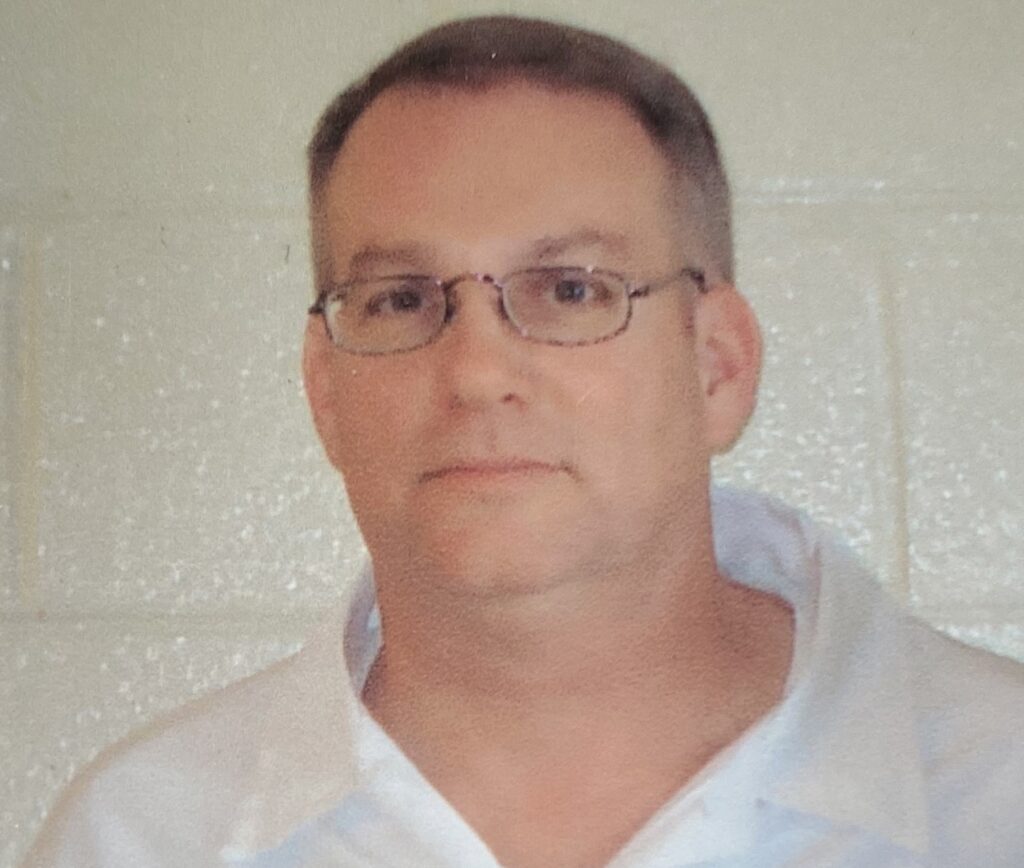Southern Center for Human Rights & Innocence Project File Motion to Reconsider Order Denying Relief to Charles McCrory

In 1985, Charles McCrory was wrongly convicted of the murder of his wife, Julie Bonds, in Andalusia, Alabama.
Mr. McCrory, who found his wife killed in their home, quickly became a suspect. He was never given the chance to grieve her loss, or to console their infant son. Mr. McCrory has always maintained his innocence, and immediately complied with police and investigators. No evidence tied him to his wife’s death. Hairs clutched in Ms. Bonds’s hand were examined, presumably because they were pulled from the attacker’s hands. Those hairs were conclusively determined not to belong to Mr. McCrory or Ms. Bonds.
Sensing the District Attorney did not have a strong case against Mr. McCrory, Ms. Bonds’s family hired private attorneys Frank Tipler and his son Harvey Tipler to prosecute the case instead. (Harvey Tipler has since been disbarred and convicted of solicitation of murder. He is currently serving a 35-year prison sentence in Florida.)
The key evidence in the case against Mr. McCrory was testimony from dentist Dr. Richard Souviron, who testified that a “bite mark” on Ms. Bonds’s body matched her husband’s teeth. Dr. Souviron has now recanted that opinion, and denied the injury was a bite mark at all. Two additional forensic dentists also provided sworn testimony that the injury was not a bite mark. “Bite mark” evidence is now considered unscientific evidence and is a leading contributor of wrongful convictions.
Despite no other evidence connecting Mr. McCrory to the crime, he was sentenced to life in prison and has been incarcerated for 37 years. On February 14, 2022, the Circuit Court of Covington County, Alabama, denied Mr. McCrory’s petition that sought relief based on new evidence that proves his innocence. In this decision, however, the judge simply signed a short set of proposed findings written by the prosecutors. Though experts at the hearing had unanimously testified that the injury was not a bite mark, the court found that any lay juror reliably could have matched Mr. McCrory’s teeth to the injury on Ms. Bonds themselves. In other words, the judge ruled that jurors are capable of doing what the scientific community has unanimously agreed is impossible: identify bite marks and “match” them to teeth. Jurors are no better than “experts” at engaging in unvalidated science.
Today, attorneys from SCHR and the Innocence Project filed a motion to reconsider the denial of Mr. McCrory’s petition. You can read it here.
Read more about his case here.